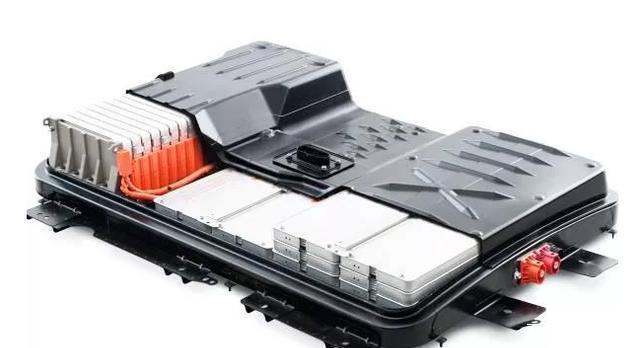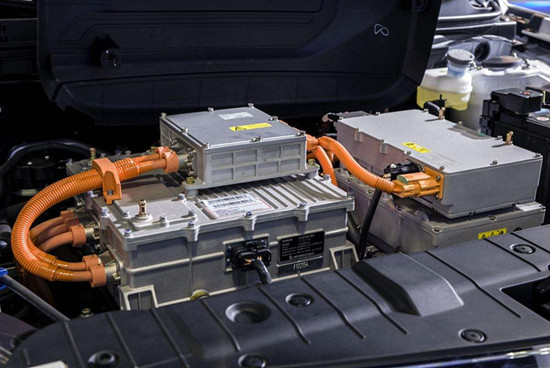
BMS in Electric Energy Storage System and Power Battery System
In recent years, with the rapid development of electric vehicles and power storage industries, some problems inevitably arise. Among them, safety issues have become a hot spot and difficulty for electric vehicles and battery energy storage systems. Any safety accident will seriously stimulate the nerves of the public and users.
The safety problem of lithium-ion batteries is essentially the “thermal runaway” of the battery, that is, after reaching a certain temperature limit, the battery temperature rises linearly, and then the phenomenon of combustion and explosion occurs.
Battery overheating, overcharging, internal short circuit, collision, etc. are several key factors that cause battery “thermal runaway”. In addition, battery overcharging, over discharging, overcurrent, short circuit and ultra-high temperature charging and discharging will also seriously affect battery performance. Therefore, since the large-scale use of lithium batteries, battery protection is essential, and the battery management system (BMS) has become the guardian of lithium-ion batteries.
What is BMS

In the electric energy storage system, the battery management system (BMS) is responsible for monitoring the working status of each single battery, uploading relevant information and status of the battery through communication, and preventing overcharge and over discharge of the battery. In addition, the energy storage BMS system also needs to communicate with the grid to control key parameters such as harmonics and frequency, and realize the information interaction with the PCS and monitoring system. The PCS controller communicates with the BMS through the CAN interface to obtain the battery pack status information, which can realize the Protective charging and discharging of the battery to ensure the safe operation of the battery
Basic functions that BMS needs to achieve
1. Single battery voltage monitoring
The purpose of voltage monitoring is mainly to judge the difference of the battery through the pressure difference and to detect the operating status of the monomer. In addition, the total voltage of the battery pack still needs to be tested separately for the diagnosis of the relay.
2. Temperature measurement
Temperature monitoring is of great significance to the evaluation of the working status of the battery pack. Including single cell temperature measurement and battery pack fluid temperature monitoring, the placement and number of temperature sensors in the battery pack have a greater impact on temperature measurement. In addition, different temperature ranges have different requirements for the accuracy of the BMS module, which generally involve to the concept of hierarchical management.
3. Battery SOC estimation
Estimating the SOC of a single battery is the key and difficult point in BMS. At present, the most commonly used estimation methods are the ampere-hour integration method and the open-circuit voltage calibration method. It is the current mainstream practice to compare actual data with calculated data through the establishment of a battery model and the collection of a large amount of data.
4. Battery balance
This is another difficulty of the BMS, which is essentially to make the comprehensive new energy of all the batteries in the battery pack converge through human intervention. Common equalization techniques are divided into passive equalization and active equalization. In addition, the balancing technology has a certain relationship with the battery type. It is generally believed that LFP is more suitable for active balancing, and ternary batteries are suitable for passive balancing.
BSMJ Battery product is the link between the battery, battery management system and converter. The energy storage monitoring system is also responsible for the interface between the battery management system (BMS) and the distribution network dispatching system, accepting dispatching instructions, and completing control such as battery charging and discharging, Independent off-grid system support, smooth output of new energy power generation and other practical grid applications.
In recent years, with the rapid development of electric vehicles and power storage industries, some problems inevitably arise. Among them, safety issues have become a hot spot and difficulty for electric vehicles and battery energy storage systems. Any safety accident will seriously stimulate the nerves of the public and users.
The safety problem of lithium-ion batteries is essentially the “thermal runaway” of the battery, that is, after reaching a certain temperature limit, the battery temperature rises linearly, and then the phenomenon of combustion and explosion occurs.
Battery overheating, overcharging, internal short circuit, collision, etc. are several key factors that cause battery “thermal runaway”. In addition, battery overcharging, over discharging, overcurrent, short circuit and ultra-high temperature charging and discharging will also seriously affect battery performance. Therefore, since the large-scale use of lithium batteries, battery protection is essential, and the battery management system (BMS) has become the guardian of lithium-ion batteries.
What is BMS

In the electric energy storage system, the battery management system (BMS) is responsible for monitoring the working status of each single battery, uploading relevant information and status of the battery through communication, and preventing overcharge and over discharge of the battery. In addition, the energy storage BMS system also needs to communicate with the grid to control key parameters such as harmonics and frequency, and realize the information interaction with the PCS and monitoring system. The PCS controller communicates with the BMS through the CAN interface to obtain the battery pack status information, which can realize the Protective charging and discharging of the battery to ensure the safe operation of the battery
Basic functions that BMS needs to achieve
1. Single battery voltage monitoring
The purpose of voltage monitoring is mainly to judge the difference of the battery through the pressure difference and to detect the operating status of the monomer. In addition, the total voltage of the battery pack still needs to be tested separately for the diagnosis of the relay.
2. Temperature measurement
Temperature monitoring is of great significance to the evaluation of the working status of the battery pack. Including single cell temperature measurement and battery pack fluid temperature monitoring, the placement and number of temperature sensors in the battery pack have a greater impact on temperature measurement. In addition, different temperature ranges have different requirements for the accuracy of the BMS module, which generally involve to the concept of hierarchical management.
3. Battery SOC estimation
Estimating the SOC of a single battery is the key and difficult point in BMS. At present, the most commonly used estimation methods are the ampere-hour integration method and the open-circuit voltage calibration method. It is the current mainstream practice to compare actual data with calculated data through the establishment of a battery model and the collection of a large amount of data.
4. Battery balance
This is another difficulty of the BMS, which is essentially to make the comprehensive new energy of all the batteries in the battery pack converge through human intervention. Common equalization techniques are divided into passive equalization and active equalization. In addition, the balancing technology has a certain relationship with the battery type. It is generally believed that LFP is more suitable for active balancing, and ternary batteries are suitable for passive balancing.
BSMJ Battery product is the link between the battery, battery management system and converter. The energy storage monitoring system is also responsible for the interface between the battery management system (BMS) and the distribution network dispatching system, accepting dispatching instructions, and completing control such as battery charging and discharging, Independent off-grid system support, smooth output of new energy power generation and other practical grid applications.




